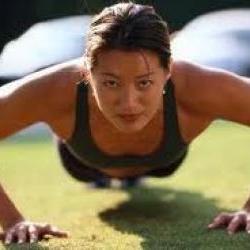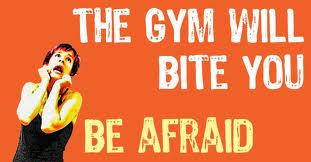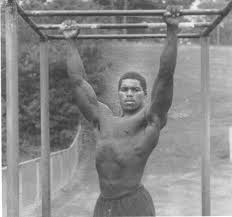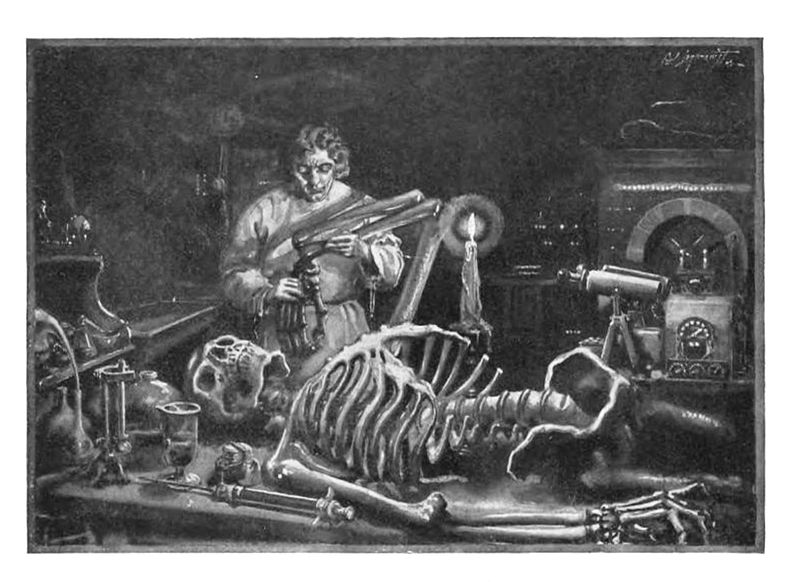Posts Tagged ‘strength training’
How to get stronger in pre-season
Why do I need to start strength training in pre-season?
 Well, ideally you won’t be starting from scratch. Hopefully you have been doing your foundation work throughout the off-season.
Well, ideally you won’t be starting from scratch. Hopefully you have been doing your foundation work throughout the off-season.
This means that you are moving efficiently and can control your body through a full range of motion.
Read MoreCreating Frankenstein’s Monster in the Gym
“Man,” I cried, “how ignorant art thou in thy pride of wisdom!” ― Mary Shelley, Frankenstein I was asked last week my thoughts on using the barbell hip thrust in the gym. I had no thoughts on the matter, I don’t use it as an exercise tool. Rather than, ‘What do you use to develop hip extension?’…
Read MoreWeight training for women: Lessons from 1957
“Continuity of exercise is most essential”
The 1950s were the age of physical culture. Jack Lalanne was doing his TV show and “Health and Strength” magazine offered a monthly look at different aspects of training.
Principles of Training: Overload variations
“If your only tool is a hammer, then everything becomes a nail”
If your only way of overloading an athlete to cause adaptation is adding weight, then you are limiting what they can achieve.
Not every sport, or every athlete needs to be loaded in the same way. One way of defining overload (as I learnt from Jim Radcliffe on GAIN 2011) is shown here:
Read MoreJack Lalanne- mind body connection
I was recently asked if I could make someone fitter if they gave me £30,000
Read MoreExclusive Jack Lalanne Interview on his 93rd Birthday.
 “Hello Students”
“Hello Students”
Jack Lalanne was famous for his TV show in the USA which ran weekly for 34 years. In it he also did some simple exercises (trimnastics) and gave a 2-3 minute monologue on how to stay healthy and enjoy life.
His advice was years ahead of its time and if you think that the healthy food and moderate, regular exercise messages are new- think again! Jack said it all 50 years ago!
Read MoreWeight training for women
 Being a woman in the gym!
Being a woman in the gym!
(By Fran Low) So I’ve spent the last 4 to 5 months telling you about the challenges that face training female athletes, however I have not once related it to my own experiences.
When I used to go to the gym I would perform:
Read MoreFront Squat vs Back Squat: which is better?
Squatting is essential for female athletes
 Assistant coach Fran Low was an experienced hockey player when she started working with Excelsior.
Assistant coach Fran Low was an experienced hockey player when she started working with Excelsior.
However, she had never done squats. Part of her role was to research the difference between front and back squats. Here are the results:
Read MoreHow to take charge of your fitness training
 “If you train hard, you’ll not only be hard, you’ll be hard to beat.”
“If you train hard, you’ll not only be hard, you’ll be hard to beat.”
Training hard is one part of fitness training, but any idiot can get tired (or indeed make you tired)!
I want to give you ideas that will help you get fit for your purpose.
That may be to run faster, get stronger or jump higher in your sports arena.
Read MoreStrength training for young people
“You never see an oak tree with huge branches and a tiny trunk”
 Kathryn “Wiggs” Catto on a last week’s level 1 coaching strength and conditioning for sport course.
Kathryn “Wiggs” Catto on a last week’s level 1 coaching strength and conditioning for sport course.
This was her way of describing to young teenage boys the necessity of developing strength in a safe and progressive manner.
Read More





